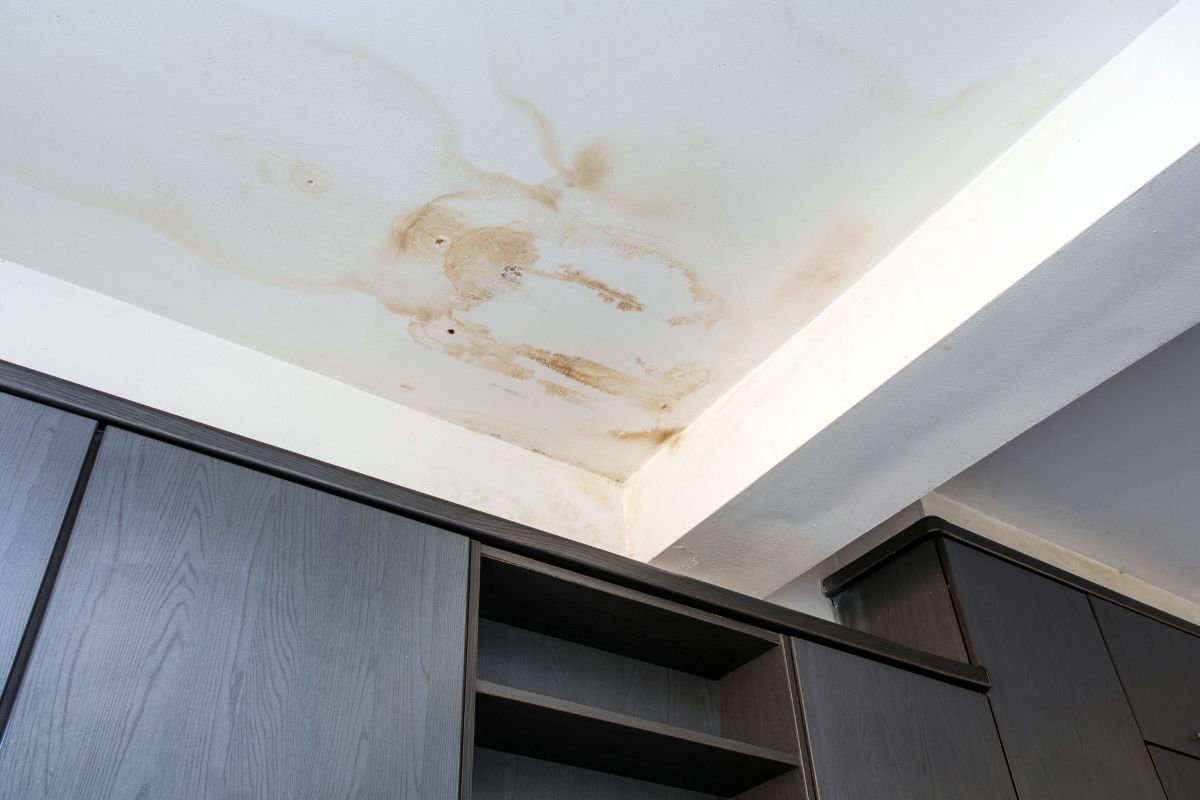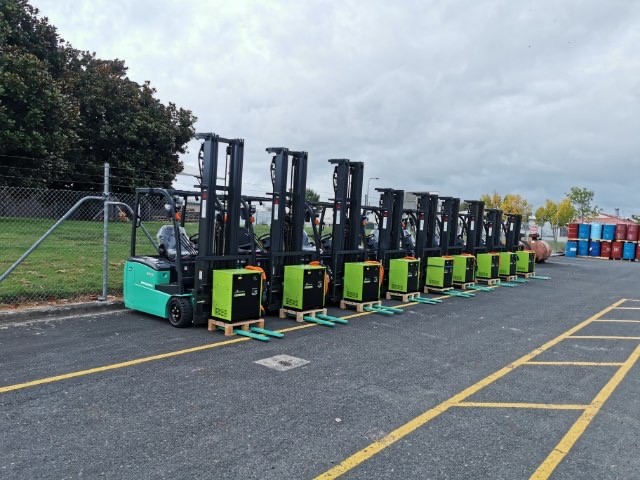Lower Northland homes take more punishment than most homeowners realise. Between the humidity, salt air, and punchy storm cycles, even a roof that looks fine from the driveway can be hiding trouble.
Many Northland roofing specialists see the same preventable problems week after week, and they usually boil down to early warning signs being missed or ignored. Understanding what those signs look like is the quickest way to keep small issues from turning into winter headaches.
TL;DR for Lower Northland Homeowners
- Lower Northland roofs wear out faster because of humidity, coastal salt, and sudden heavy rain.
- Most major roofing issues start as small cracks, loose fixings, or early corrosion that go unnoticed.
- Moss and lichen thrive in the region’s damp climate and damage coatings if left untreated.
- Strong nor’easter winds repeatedly hit exposed roof edges, causing lifting and fastener failure.
- Regular inspections from roofing specialists are the most effective way to prevent costly repairs.
What Makes Lower Northland Roofing So Vulnerable?
Roofing in this region contends with a mix of elements that cause wear from different directions. Humidity lingers through much of the year, which means moisture stays trapped in places it should drain or dry quickly. Salt from coastal winds settles onto metal roofing, creating a thin film that encourages corrosion. Summer brings long hours of direct sunlight that dry out coatings and accelerate surface breakdown.
Specialists see many of the same problems repeating across the region because the housing stock spans a wide range of ages and construction methods. Older homes often rely on outdated fixings, while newer builds sometimes miss key maintenance in the first few years. The consistent theme is that roofs here need more frequent attention than those further inland.
Corrosion and Rust from Coastal Conditions in Lower Northland
Corrosion is one of the quickest ways a roof loses its strength. Salt particles settle into seams, crevices, and around screws or fasteners, where they hold moisture in place. Over time this combination begins to eat into protective coatings and metal surfaces. You might not see it at first but rust often starts under the lap of a sheet or around a flashing joint before working its way outward.
Homeowners can slow this right down with regular surface washing and simple debris removal. Leaves, sticks, and lichen patches trap moisture, which speeds the rusting process. Keeping gutters flowing and checking exposed fasteners helps stop early deterioration before it spreads. A specialist inspection each year is usually enough to pick up the spots that tend to hide corrosion.
Leaks Triggered by High Rainfall Events
Lower Northland sees short, heavy bursts of rainfall that find weak points instantly. When water hits a roof faster than it can shed it, the smallest flaw becomes a leak. Raised flashing edges, cracked sealant lines, and worn ridge caps are the most common culprits. Many leaks begin long before water starts dripping indoors, which makes early detection crucial.
Avoiding leaks starts with timing. A pre-winter inspection gives your roof the best chance of handling surprise downpours. Clearing gutters and downpipes is equally important because water that backs up can force its way under the roofing. If a specialist spots an early crack or loose joint, fixing it straight away prevents the sort of damage that becomes expensive after a storm.
Homeowners dealing with roof leaks often discover blocked or damaged spouting at the same time, and the top spouting emergencies covered in this Kerikeri guide offer a clear idea of what to look for before the next downpour hits.
Moss and Lichen Growth in a Humid Northland Climate
Moss and lichen love Lower Northland conditions. They grow fast, grip tightly, and hold moisture against metal or tile surfaces. Over time this causes paint layers to fail and creates soft spots that weaken the roof. Moss spreading under laps or tile ridges can also lift material slightly, creating new entry points for water.
The most reliable defence is scheduled cleaning and treatment. Professional treatments kill growth without stripping protective coatings. Increasing airflow in shaded areas helps slow regrowth, especially around large trees. DIY water blasting tends to do more harm than good, so it pays to leave roof cleaning to someone who knows how to work around existing coatings.
Wind Damage from Nor’easter Gusts
Strong nor’easter winds hit the same areas of a roof repeatedly. Edges, ridges, and older fastener lines take the brunt of these gusts. Once wind gets under the edge of a sheet or tile, it lifts slightly each time until the fixing weakens. This is how many small wind problems turn into torn panels or scattered tiles after a serious storm.
Homeowners can reduce the risk by keeping an eye on lifted edges or fasteners that look out of line. Fixing small lifts early prevents wind from catching the weak point again. After any major storm, a quick check of ridge caps, flashings, and exposed edges is usually enough to catch the earliest signs of movement. Many specialists include wind checks in routine maintenance because it is one of the easiest problems to stop early.
Early Material Breakdown from Harsh UV Exposure
Northland sunlight has a way of wearing out roofing long before the expected lifespan. UV exposure dries coatings, weakens colour layers, and makes older materials brittle. Once coatings fade, the base material takes direct sun, which accelerates the breakdown. This often happens faster on north facing roof sections that catch heat all day.
Keeping coatings fresh is the best way to slow UV damage. A recoating cycle extends the life of metal roofing and reduces the risk of early cracking. Choosing UV resistant materials during repairs or upgrades helps as well. When panels start to feel brittle or show surface chalking, a specialist assessment can determine whether recoating or partial replacement is needed.
How Lower Northland Homeowners Can Stay Ahead of Future Roof Damage
A roof in this region performs best when it receives consistent attention. A proper inspection checks more than just the surface. Flashings need to be tested for movement. Ridgelines should be checked for cracks or lifting. Fasteners must be secure, and gutters need enough flow to move water rapidly during storms. Moisture readings around penetrations help detect early leaks long before they show inside.
Timing inspections strategically makes a noticeable difference. A check before winter reduces the chance of seasonal leaks. A follow up after a major storm catches wind damage early. Assessments during exterior upgrades or repainting ensure roofing integrates properly with the rest of the home.
A Practical Path to Roof Health in Lower Northland
Lower Northland roofs last significantly longer when homeowners follow a simple routine. An annual professional inspection picks up the warning signs that most people overlook. Seasonal cleaning removes the moisture traps that cause many of the toughest problems.
Acting early on minor issues prevents big repair bills later. With the conditions this region throws at its homes, working with experienced roofing specialists is one of the most effective ways to protect long term roof performance.


